
Non woven fabric is still the same in the construction and construction market. Although they are not usually seen, non-woven fabrics play a huge role in the new construction and renovation of existing buildings and houses - they are part of house packaging, roof materials, window flashing, heat and sound insulation and many other areas. Manufacturers of nonwovens and composites are optimistic about the future of Nonwovens in this market. Let's take a look at the market analysis and judgment of some industry tycoons.
Kedebao high performance materials group
Freudenberg performance materials, a high-performance materials group, said it had 40% market share in the roof industry, and saw the growing use of non-woven fabrics in building applications. The market continued to develop products that could add value to end users. The company believes composite materials are improving the construction market. Dr. Frank heislitz, chief executive officer of Cordoba high performance materials group, said, 'a new generation of 'composite technology' is opening up new applications to improve the protection of construction fabrics and the quality of life in living areas.' And added that the strong development of 'green' buildings provides further energy for the building materials market. End users are increasingly demanding sustainable products, with a clear preference for environmentally friendly alternatives and recycled materials.
In this case, the company is qualified for this task. The company's production process begins with the recycling of post consumer PET bottles, which are its main raw material, selected, washed and made into plastic masterbatch. Then, the plastic masterbatch is transformed into short fiber, or directly used in the spunbond process to manufacture recycled polyester non-woven fabric. 'Recycling PET bottles means that we can replace raw materials with recycled polyester of the same quality, so that we can save natural resources.' Heislitz explains.
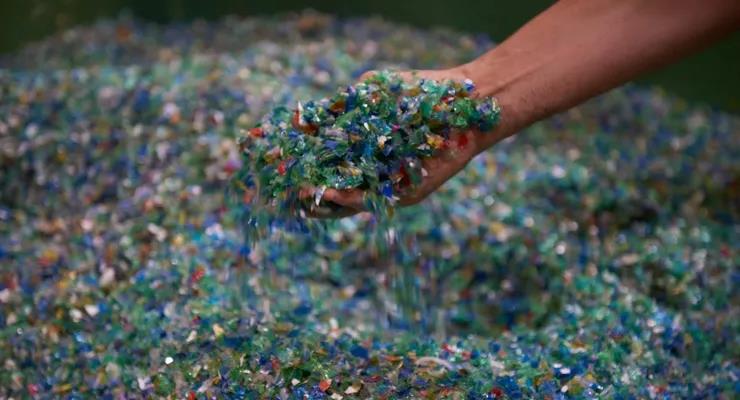
Because non-woven fabric can combine good mechanical strength with high elongation, polyester non-woven fabric is the most commonly used carrier. In the reinforced products produced by cordebo using glass filament, the flexibility of polyester is combined with the stability of glass, which makes the non-woven fabric have excellent operation performance. Heislitz added that 'this is particularly true at high temperatures and when used on high-speed asphalt production lines, where the membrane has excellent dimensional stability and long-term durability.'
According to heislitz, the company's leadership in the roof market benefits from its long-term positioning and strong customer relationships, which are based on the company's deep understanding of customer needs and expectations. Advanced technology, flexibility and a broad product portfolio enable it to meet the most demanding customer requirements. 'Although invisible, once embedded in the asphalt membrane, our polyester carrier is critical for our customers to achieve their target product performance,' he said.
At present, cordebo believes that there is generally a good expectation in the construction market and further growth is expected in the medium term. In terms of specific growth areas, the company believes that developing countries have great potential in non-woven applications.
Owens Corning continues to expand
Owens Corning offers fiberglass products, from fiberglass to glass mats for residential roofs, to coated and uncoated specialty non-woven fabrics for residential and commercial buildings. The research results are embodied in the advanced technology of manufacturing glass fiber, glass coating and non-woven mat composite materials.
Owens Corning, Europe's vice president for nonwoven and glass reinforced materials, Nico del Monaco, said the company saw growth in the nonwoven construction market in all regions, benefiting from the growth of residential and commercial buildings and the transformation of these markets to composite materials. 'Composite materials are reshaping the building market, transforming the building paradigm from the use of standard materials to high-performance products and systems through glass reinforced materials and special non-woven fabrics. We expect this trend to continue. '
Owens Corning is developing new solutions to support composite penetration into new markets in the future. 'One example is the continuous transformation of the construction market from paper and felt mats to non-woven solutions.' Del Monaco added.
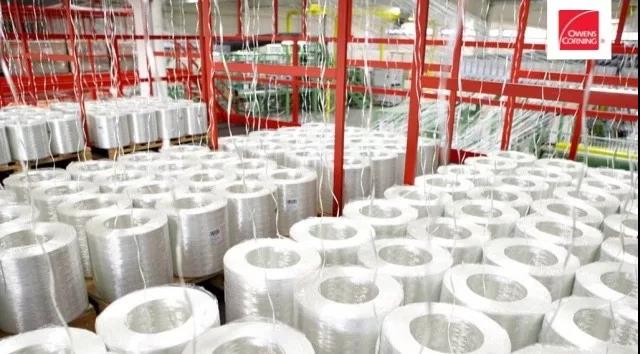
According to del Monaco, Owens Corning's non-woven fiberglass mats are usually produced by wet process on a slanted wire rod forming machine, then impregnated with a synthetic water-based adhesive, which dries the impregnated roll and solidifies it in a gas heated belt dryer. After passing the inspection, cut and wind the cardboard core in the turret winder.
Owens Corning uses its proprietary Advantex glass formula, which is corrosion-resistant and boron free. Typical adhesives include acrylic, urea formaldehyde and renewable organic adhesives. 'Increased urbanization trends and greater demand for housing mean demand for markets and composite solutions,' del Monaco said. 'People want to improve indoor air quality, save energy and improve sustainability more widely. Our organic adhesive series is replacing products using formaldehyde adhesive. '
According to the company, composite products not only have aesthetic advantages; because special nonwovens solutions have fire resistance, mould and mildew resistance, enhanced acoustic performance, impact resistance, corrosion resistance, etc., the performance advantages are significant.
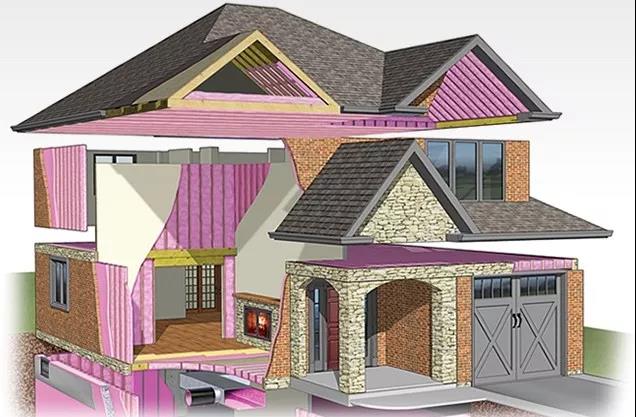
'Owens Corning's products usually provide unique functionality,' del Monaco said. 'Using glass non-woven fabric instead of paper on the outer sheath of gypsum board is a good example. Owens Corning cooperated with gypsum manufacturers to develop a special coated glass non-woven fabric to solve these difficulties and improve the overall performance of the system. In addition, our gypsum panels allow the building to function properly during construction. 'Owens Corning has been in the expansion mode recently. In April 2018, Owens Corning completed the acquisition of guangdeshida rock wool Co., Ltd., which produces mineral wool insulation materials for the construction and technical insulation market. Mineral wool is the main thermal insulation material in China because of its fire-resistant characteristics.
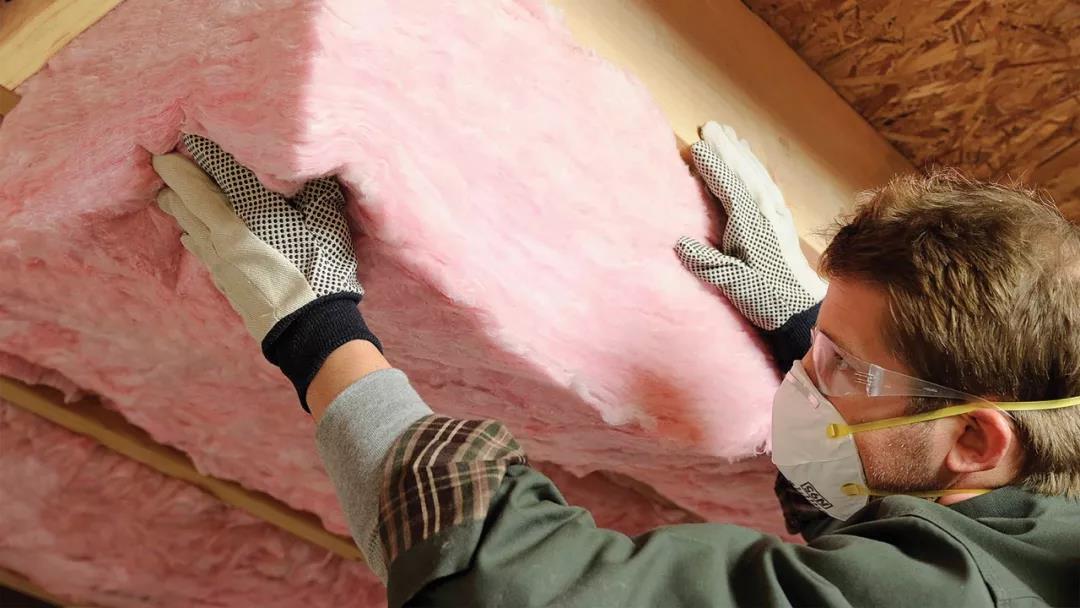
'We see a great opportunity to provide Chinese customers with products in the market of medium temperature construction and high temperature industrial applications. 'This acquisition further drives our strategy to expand Owens Corning's technology portfolio in the three major insulation markets around the world,' Julian Francis, insulation president, said at the time of the acquisition.
The company currently has seven insulation factories in China, which can provide customers with temperature range products in the region, including glass fiber, extruded polystyrene foam, foam glass and building mineral wool insulation. Other Owens Corning investments include special glass nonwoven facilities in Gastonia, NC, in 2016, and the acquisition of glass based coating facilities in Brightwood, SC, in 2017.
Fibertex focuses on roof materials
Fibertex nonwovens works closely with some of the largest industrial roof manufacturers. It continues to expand its product range, part of which is to create solutions that make installation as simple as possible on the job site. One of the innovations is a unique solution that uses self-adhesive non-woven fabric specifically for flat roof membranes. Fibertex's non-woven fabric is laminated on the back of the waterproof membrane, used for flat roofs, industrial or commercial buildings. The non-woven fabric protects the membrane and serves as a barrier between the roof and the membrane. In addition, the non-woven material gives the film tensile strength and elongation.
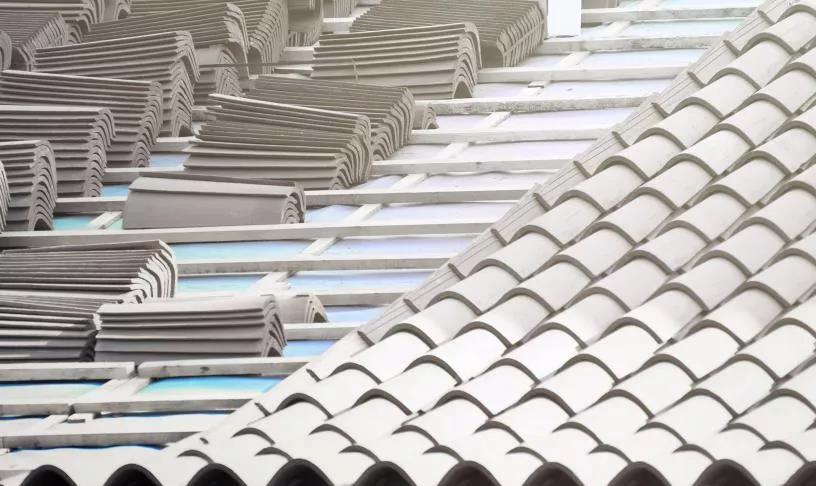
For roof liners, fibertex is laminated with film. The goal is to make breathable materials under the tiles, which are nailed to the roof. In this field, fibertex non-woven fabrics have advantages because of their high tensile strength and tear resistance. At the same time, fibertex's non-woven fabric is called absorex, which is laminated on the back of a single metal plate before forming. Fibertex's non-woven fabric plays the role of anti condensation water drop.
'Fibertex nonwovens offers the perfect compromise between soft textile materials and high tensile strength,' said Thomas boudiliez, business manager, building flooring. 'Our non-woven products combine the advantages of light and strong materials, which perfectly match the new installation technology. '
According to fibertex, the roof building market has been expanding in recent years and is expected to continue. 'Market growth is driven by demand from Europe and the United States for easier and faster installation of roof materials,' boudilliez said.
DuPont company increases its product portfolio
DuPont's Tyvek tevek is basically synonymous with building envelope - an invention more than 30 years ago, but the company continues to develop new products and improve its existing product line.
In the roof segment, the company recently developed the DuPont Tyvek protec roof liner for the residential building market. Launched in 2016, the product offers industry-leading walking performance, which refers to the grip the surface provides when the installer walks on the roof, as well as the proper grip on the roof slab, said Rupa Kibbe, head of the roof business for DuPont performance building solutions. 'Another feature of Tyvek protec's products is the tiling when it is used, which is essential to improve productivity and ensure that the pads are installed evenly on the roof slab. 'KIBBE added.
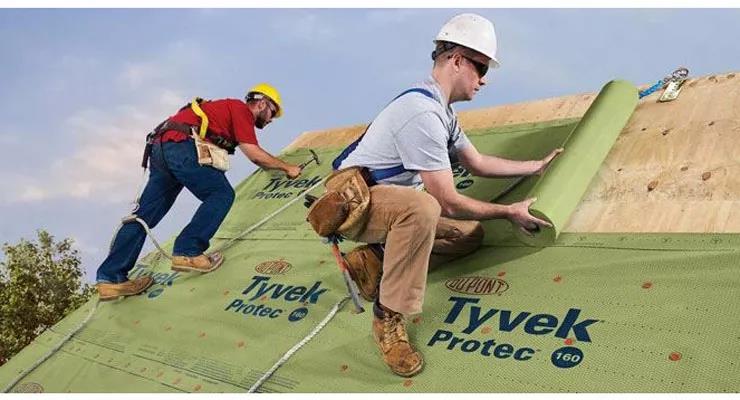
In other new product launches, DuPont Tyvek drainevent rainscreen was launched at the end of last year to provide advanced moisture protection for exterior wall systems. The product is DuPont safety and construction's first wind and water-proof and moisture-proof membrane roll, which can create a 6 mm (0.25 inch) space for drainage and air flow for drying after enclosure.